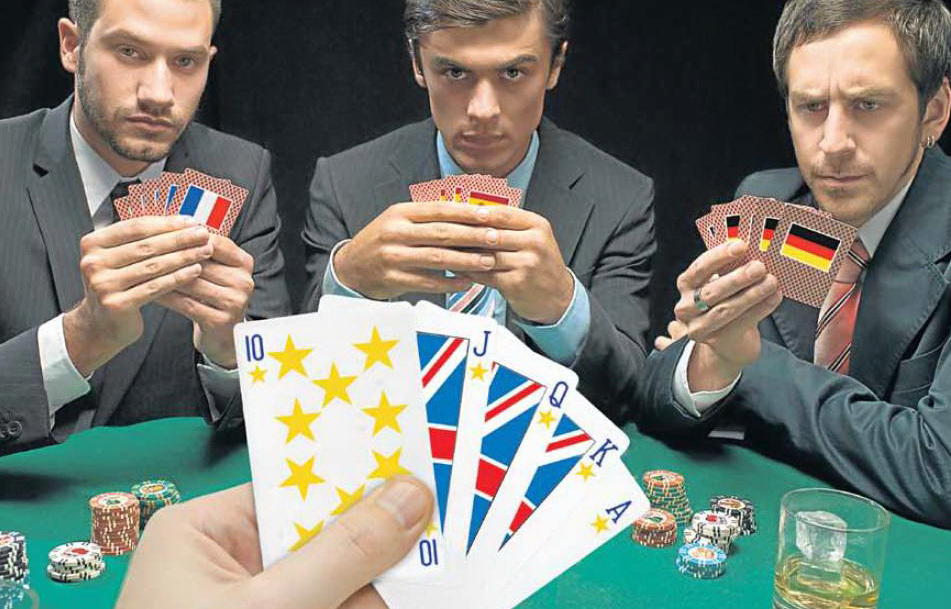
THOSE tuning in on the first day back at school this week were presented with the unlikely image of a David Davis sandwich.
The Brexit secretary took centre-stage on the front bench – flanked by Liam Fox on one side and Boris Johnson on the other – to update the Commons on his department’s progress ahead of the forthcoming EU withdrawal negotiations.
Or, as it became increasingly clear during the course of his statement, to reveal as little information as possible.
There was one significant moment when he told MPs it was “very improbable” the UK could remain part of the European single market if it wished to regain control over its borders.
And he revealingly said that, while the UK would want to have access, it didn’t “need to be a member” to get it.
But Downing Street was quick to distance the Prime Minister from his remarks, insisting the one-time Tory leadership contender was merely expressing his opinion rather than stating government policy.
And then came Theresa May’s defiant – almost belligerent – message to the House before her G20 recap.
“We will not take decisions until we are ready. We will not reveal our hand prematurely,” she declared.
“We will not provide a running commentary on every twist and turn of the negotiations.”
In other words, ‘I’m in charge and I’ll tell you when I’ll tell you’.
Mrs May was resilient in her refusal to say whether she wanted the UK to remain in the European single market – a point repeatedly raised during her second Prime Minister’s Questions.
It’s obvious she wants and intends to keep her cards close to her chest. But surely she can only maintain her poker face for so long?
And certainly not throughout the two-year negotiation period to kick in once Article 50 is triggered, which she has indicated will not come before the end of this year. The pressure from the Liberal Democrats, SNP and some in Labour – if not leader Jeremy Corbyn, who chose to ignore Brexit entirely at PMQs – is only going to increase, as well as from the Brexiteers in her own party.
So while she might be wise to shy away from providing a “running commentary” as she put it, the now not-so-new Tory leader cannot adopt a policy of “no commentary
whatsoever”, to borrow a quote from SNP Westminster leader Angus Robertson.
There cannot be, as Nicola Sturgeon said, a “cloud of secrecy” hanging over the UK Government’s negotiating position.
At some point – it has to rain.
It’s true that a key ingredient to a successful negotiation is not to give away your hand too
soon.
But it’s equally true to say if you go into a negotiation with the impression you don’t know what you are doing, with no coherent plan, the other side will turn you over.
So Mrs May will need to make sure she and her Brexit secretary – as well as BoJo and Fox – are singing from the same hymn sheet.
Mr Davis will have to be armed with more than his opinions when he does eventually get his feet under the negotiating table.
If indeed that’s what they were . . .
Since embarking on the top job, Mrs May has been accused of being a control freak, keen to manage everything to the nth degree.
With that in mind, it’s tempting to believe Mr Davis’s opinions are not substantially different to her own views.
She was, after all, the reluctant Remainer during the EU referendum campaign.
And, unlike in the case of some of her other ministers, she didn’t have to bring Mr Davis into the ring; she chose to.
It’s also worth remembering that – however loud the clamour about the importance of remaining within the single market – it’s not simply about what we want.
There will be equally loud, competing voices on the pitch.
So, far from being controversial when he cast doubt on the UK’s ability to remain a member and simultaneously secure curbs on free movement, perhaps Mr Davis was just being realistic?
READ MORE
Lindsay Razaq: Move away from Westminster would bring Parliament back to the people
Theresa May must realise that the purple pensions protesters of WASPI aren’t going away

Enjoy the convenience of having The Sunday Post delivered as a digital ePaper straight to your smartphone, tablet or computer.
Subscribe for only £5.49 a month and enjoy all the benefits of the printed paper as a digital replica.
Subscribe